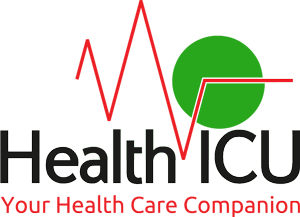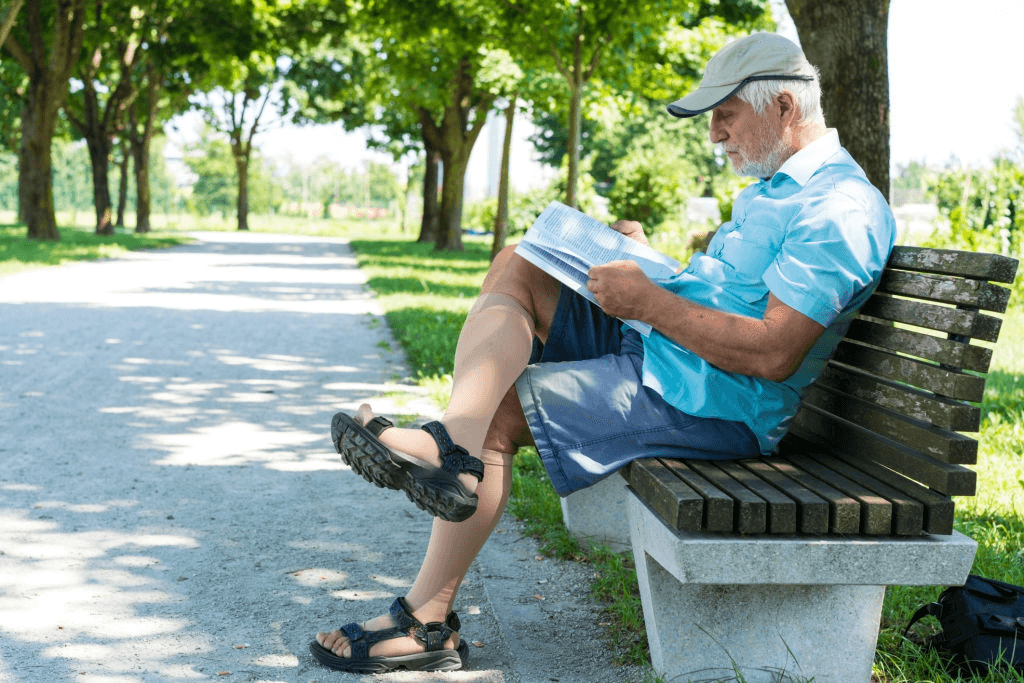Varicose Veins are enlarged and twisted veins that are blue or purple and are often are on the legs. Some people experience pain and discomfort, and others may not. These types of veins could also potentially lead to more serious health problems.
How Are They Formed?
Veins have a one-way valve, and when working properly, it prevents blood from flowing backward. When a vein stops functioning correctly, the blood stops flowing towards your heart. This causes the blood to accumulate in your vein. The accumulation of blood makes the vein more prominent.
What Are the Symptoms?
Varicose veins are visible and have a twisted shape and will appear swollen and discolored. You may experience the following symptoms:
- Achiness
- Swelling
- Pain
- Heaviness in the legs
- Throbbing and burning
- Itching near vein
You can also experience a more severe symptom like ulcers forming and bleeding in the enlarged veins.
What Are the Dangers if Left Untreated?
Enlarged veins that go untreated can get worse and can even become potentially life-threatening. You may experience blood leakage into the tissue of the leg. The swelling can get worse and become more painful. The skin can become discolored and dark. If left untreated for a long time, the tissue can be heavy and firm. This can make trying to relax or move your leg more difficult.
How to Manage Varicose Veins?
Taking hot baths when experiencing pain, swelling, or cramps can make your pain worse. Enlarged veins are more than just a cosmetic issue. They can cause so many problems if left untreated.
It can cause clots. Poor circulation can travel to your lungs, which is not good at all. There are some things you can do to manage enlarged veins. Since these types of veins can cause pain and discomfort, one thing you can try is elevating your legs above your heart in the following ways:
- You can get several pillows and prop them under your feet.
- You can also place your feet on top of a table.
- You can try to stretch your legs up a wall.
Treatment Options
There are several treatment options for varicose veins. Non-surgical options will help to alleviate and combat the veins. For more serious varicose veins, you might need to seek medical treatment.
Non-Surgical
- Compression stockings squeeze the leg, which helps both the vein and leg muscles by enabling the blood to flow better in your leg.
- Exercise
- Diet
- Elevate your legs
- Don’t sit or stand for too long
Surgical
Laser treatment – Doctors use this option to close small veins by sending strong bursts of light onto the vein, making them slowly fade and disappear.
- Sclerotherapy – Doctors inject small varicose veins with foam or a solution that scars and closes the vein. The varicose veins will fade in a few weeks.
- Catheter-assisted procedures using radiofrequency or laser energy – your doctor will insert a catheter into the enlarged vein, heat the tip of the catheter using either radiofrequency or laser energy. As the doctor pulls the catheter out, the heat destroys the vein, causing it to collapse and close.
- Endoscopic vein surgery- Used by doctors in advanced cases involving leg ulcers. Your surgeon will insert a scope camera into your leg to see what varicose vein needs to be removed. Then the surgeon will remove the vein through a small incision.
- Ambulatory phlebectomy – If you have smaller varicose veins, your doctor will remove them through a series of tiny skin punctures.
- High ligation and vein stripping – Your doctor will tie off a vein before it joins a deep vein and then remove it through a small incision.
Final Note
Even if the veins are not bothering you, you may still want to consider treatment for varicose veins. Treatment for varicose veins can prevent problems in the future.



